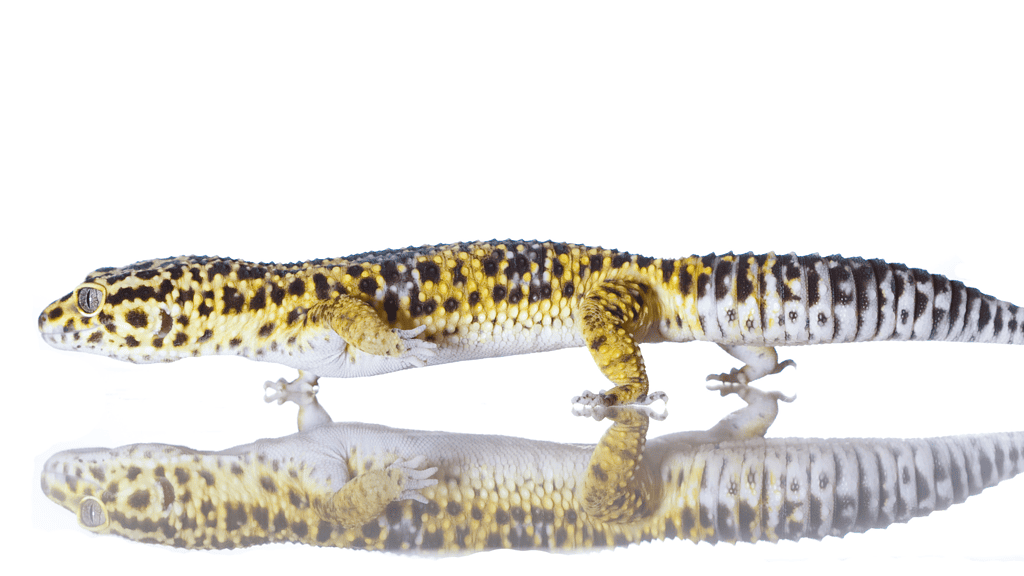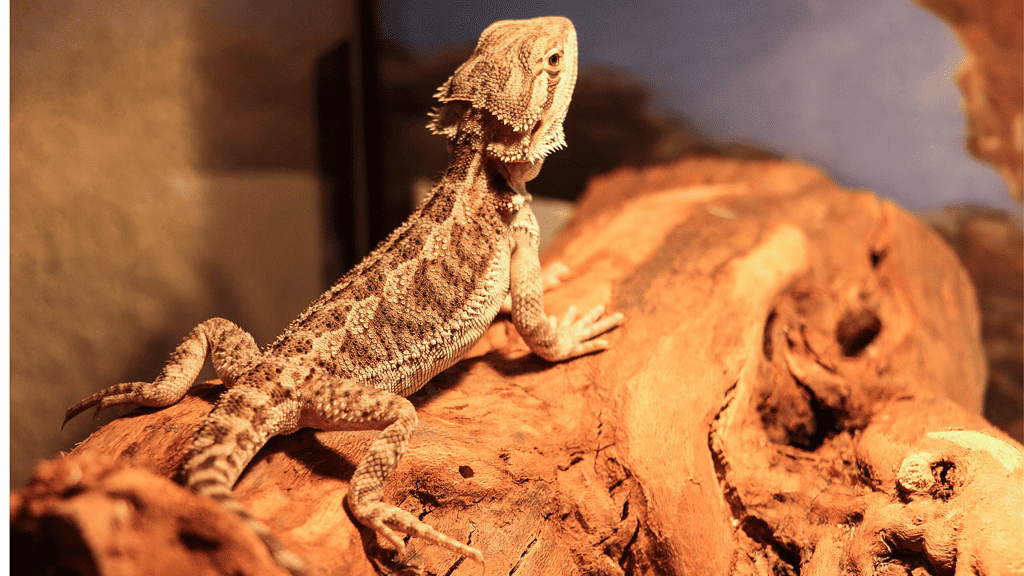If you want to get a pet for your kid, you might want to think about a reptile. They make great pets because they are interesting and unique. These unique animals are easy to care for, fun to play with, and attractive. Your kid may learn a lot of responsibility by having reptiles while they are younger. But what is the best reptile choice for kids?

Leopard Geckos, Bearded Dragons, Crested Geckos, Corn-snakes, Blue-tongued Skink, Russian Tortoise, and Ball Python are considered the easiest reptile to take care of for kids.
A reptile may inspire your youngster to become a scientist. These unusual pets have the potential to provide a lot of happiness to your kid. The problem, however, is that not all reptiles are suitable for young children. Even the most well-known reptiles don’t make good pets for kids.
That’s why you must read this article, which lists child-friendly reptiles. Continue reading to find out more!
What Do You Mean by “Reptiles”?
Reptiles are animals that live on land and have dry, scaled skin. They are cold-blooded, egg-laying animals.
Alligators, lizards, chameleons, snakes, tortoises, and skinks are included in this category of reptiles and amphibians. These creatures have an ectothermic metabolism, which implies that their internal temperature is affected by the surrounding environment. There are also many sizes and shapes, and colors of reptiles.
Children may benefit from animal therapy with some reptiles, including leopard geckos, bearded dragons, and other types of dragons. This is because they are friendly, calm, and like to be held.
What Characteristics Make a Reptile an Excellent Pet?
A good pet reptile, particularly one suitable for children, should be calm and resilient enough to resist being handled, have minimal requirements for its care, and survive some inexperienced carelessness.
Ideally, a child’s pet reptile must be moderate to a tiny size, especially if kept in their bedroom. Anything that needs a large space or special care should be left to reptile keepers with more experience.
Many reptiles have precise dietary needs that are hard for kids to meet. The most suitable pets for kids to keep as reptiles are those that require little maintenance and can be fed meals that are easily obtained.
Similarly, the ideal temperature, lighting, and humidity levels for many reptiles can vary greatly from species to species. While all reptiles need these items to some degree, selecting one with few specific requirements is ideal. First and foremost, a good pet reptile will be risk-free, fun to watch, and an excellent source of happiness for children of all ages.
Child-friendly Reptiles to Take Care
To make this list, reptiles have to satisfy five crucial requirements.
- Low in cost and simple to maintain and feed
- Pleasant, peaceful, and manageable
- It must not be dangerous
- It must be durable and patient since kids commit a mistake
Leopard Gecko
Leopard geckos are excellent pets for young children. They are easy to set up and care for, and they don’t mind if even a beginner makes a mistake.
Leopard geckos are fantastic kids’ pets, so it was easy to choose them. The Leopard Gecko is a good pet because it is cheap, easy to handle, doesn’t need much care, chirp less and is funny.
In addition to being wonderful animals for keeping as pets, leopard geckos have few specific requirements for their housing and care, so even inexperienced pet owners should have no trouble accommodating them.
Bearded Dragons

The bearded dragon is an excellent choice for a pet, not just for people who have never had a reptile before but also for young kids since there are many different reasons why this is the case.
First, they have a propensity for being friendly, approachable, and pleasant. Bearded Dragons like spending time out of the aquarium with their owners and often fall asleep snuggled up on top of or next to them.
Bearded Dragons are friendly and comfortable with their owners. Bearded dragons have an average lifespan of between 8 and 12 years, depending on how well they are cared for; anything beyond that is quite unusual.
Crested Gecko
A crested gecko is a lizard that lives in trees and has a calm and gentle personality. When they are in a relaxed state, crested geckos are not difficult to handle.
Juvenile crested geckos can be timid, but adults are more accommodating. Crested geckos like jumping, likely due to the fact that they are arboreal reptiles.
Crested geckos, like leopard geckos, are simple pets to care for. To begin with, they do not require a particularly large cage, nor do they require any additional lighting elements. They can live well on feeder insects and crickets, as well as gecko food you can buy at a store.
Corn Snakes
If your youngster is not interested in lizards, you might consider getting them a corn snake instead. This gentle, easy-to-handle crawling alternative is quiet, tidy, and doesn’t need much daily maintenance, food, or lighting. As with leopard geckos, corn snakes need safe habitat and a heat lamp. Adult corn snakes should only be fed once a week, but you and your kid must feel comfortable giving them frozen mice.
Blue-Tongued Skink
A blue-tongued skink is a type of pet lizard with a large body and is distinguished by having a blue tongue, a triangular head, and short legs and tail.
It is generally agreed that blue-tongued skinks are among the most child-friendly species of reptiles. Due to their size and stature, they are some of the hardest and most healthy reptiles on the list. These reptiles are readily tamed, kind, and prefer to be touched, making them kid-friendly. However, you need to keep a close eye on your child if they are going to be touching this lizard since it has the potential to become frightened and jump.
Russian Tortoise
Not every youngster wants a scaly pet, so that a tortoise would be better. The Russian tortoise is known for its remarkable obedience, sluggish movement, quiet nature, and long lifespan. Although they need the appropriate temperature, lighting, and fresh vegetables regularly, they are the ideal pets for kids due to their size and disposition.
In addition, Russian tortoises are exceptionally hardy, which makes them a potentially suitable choice as pets for children who are still developing their ability to handle domesticated animals carefully. They already have their own head protection included in the structure.
Ball Python
Ball pythons are considered suitable pets for young children because they do not become very large, are well-behaved, and are simple to manage. They tend to be rather tame and will only sometimes strike when provoked. They will feel more at ease among younger children if handled frequently.
The care of ball pythons is not very challenging. You’ll also need a terrarium with a capacity of around 40 gallons and access to fresh food and water.
Safety Tips To Consider
Reptiles are excellent pets for children, but even healthy ones may transmit salmonella. Salmonella does not often cause illness in reptiles; it can make a youngster sick. Because children’s immune systems are still growing, salmonella infections are relatively common.
Here is the safety advice to lower your child’s risk of salmonella illness.
- Take the reptile to a veterinary clinic so that the salmonella bacterium may be eradicated.
- Teach your youngster to wash hands after handling a reptile with warm water and soap.
- You are responsible for ensuring that your kid washes their hands thoroughly after coming into contact with a reptile.
- Don’t give reptiles to children under five since their immune systems aren’t developed.
- Keep reptile enclosures clean and out of reach of children.
Reptiles that Should Not Be Kept Around Children
There are a lot of well-known reptiles that are suitable for keeping as pets but aren’t necessarily the ideal option for children. It might not be a good choice for kids or people just starting because of its size, care needs, or personality.
- Reticulated Pythons: Even for many experienced pet owners, the enormous size and stringent dietary needs of these animals can be challenging.
- Iguanas: Iguanas are bad pets because of their size, food and housing requirements, and hostility.
- Tokay Geckos: Because of their aggressive nature, dealing with them may be difficult.
- Chameleons: Chameleons have short lives, particular care requirements, expensive costs, and are fragile.
